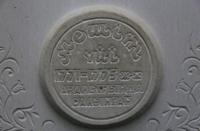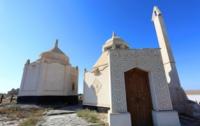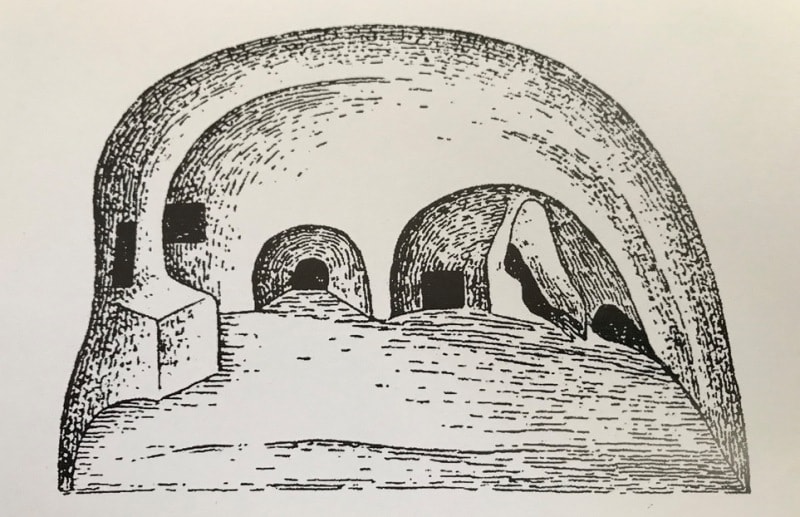Вы здесь
History of Akmechet. Alekseev. 1853.


Ancient monuments of Atyrau region.
“Yes, friends, hear my covenant.
On that I went underground at sixty-three.
When I ascended, my spirit looked around the Prophet.
On that I went underground at sixty-three”
Hikmets of Khoja Ahmed Yassawi.
A trip to the mausoleums of Akmechet.
“The first cave on the upland coast was hollowed out by the Kyrgyz of the Adaevsk family of the Mugalov branch Beket Baitele, who came annually from Ust-Urt to Emba for summer roaming. He spent his free time teaching male children Tatar literacy and the law of God, and the rest of the time he retired to his cave for prayer, sometimes he stayed here and winter alone with an insignificant supply of food, sufficient for one Kyrgyz for no more than one day, why his relatives who came here next spring from Ust-Urta were surprised they found the abandoned not only alive, but not at all thinner.
The whole horde, repeating many fabulous tales and miracles from his life, is a Kyrgyz, revered by him as a saint. He died about 40 years ago and was buried in the Ust-Urt chink in the lesson. Ogland, about connections of the Mangishlak peninsula with Ust-Urt. It is also said that relatives of the deceased come here to the grave every year, pray over his ashes and then the eldest of the three sons left by him climbs one into the grave and there shaves his head and shaves his mustache from his late father, every year yrastayuschie.
We find in one place from the side of the river a hole that looks more like a wolf hole, into which, however, a person, although with difficulty, can climb through. This hole extends into the earth no more than 3 fathoms (1 fathom = 2.13 m - Ya. F.), in the forward direction to the south-west, and then leads into a round room with 2.5 fathoms in diameter and up to 4 arshins (1 arshin = 0.71 m - Ya.F.) height.
Its ceiling is a flat dome, in the middle of which a narrow hole is drilled to the surface of the earth, transmitting weak light into the room. On both sides of the room, at the very entrance to it, two filled holes are visible; according to the Kirghiz, it was a digging with fresh water.
On the right side there is a small room connected to the first door, which has a flat iron staff with a round and pointed iron end. In the southwestern wall of the first room another door is pierced, leading to a round room, slightly larger than the first, and with the vault at the top supported by a tetrahedral column hollowed out in the middle.
The walls of this room are not carved in the form of a regular circle, but with 6 symmetrically located recesses, of which one, which is located against the door, is slightly wider and deeper than the others and in general is very similar to those made in Tatar mosques.
There are no floors in the rooms; the walls are rough, but quite right. The soil in which this mosque is hollowed out consists of strong chalk."

Authority:
The description of the mosque was compiled in 1853 by a Russian topographer, second lieutenant Alekseev. Yakov Fedorov. https://yvision.kz/post/776225







